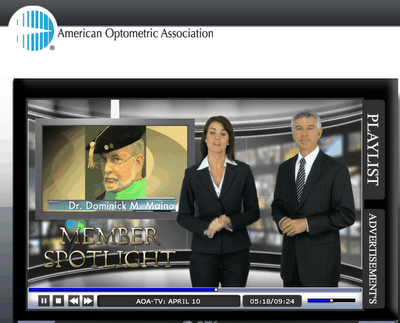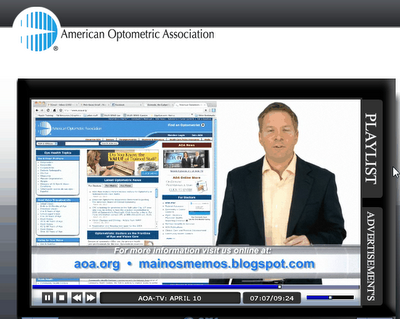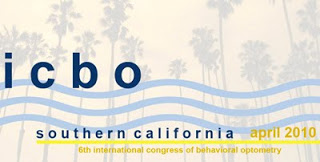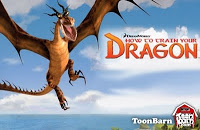<<<<< Important Update: I just talked to the powers that be, and as I suspected they did edit my review (see below). As an author, I am now still looking to produce that "perfect" article"...as an editor the phrase "I told you so" comes to mind....because the couple of words they changed did IMPROVE what I wrote! My thanks to the ICBO powers that be!>>>
One of the ICBO/NORA innovations for this meeting has been the introduction of a conference newsleter. Today's issue (Friday) gives a few highlights about yesterday's events (It discusses VS Ramachandran's excellent presentation: The Human Brain--Molecules to Metaphor")and informed the reader that Robert Williams (Exec Director OEP) is to receive the Doctor of Humane Letters degree at SCO's graduation ceremonies). The editors of the newsletter asked a few attendees to write up their perceptions of the presentations for publication. I was asked to write about a very special presentation for publication in tomorrows newsletter edition...
I informed the powers that be that since I am not only an accomplished writer and editor that I was sure my review would be absolutely perfect as written and would need little to no editing on their part...(please note tongue placed firmly in cheek). I was informed that what I wrote might need some editing after all, however....so I am publishing for your reading pleasure the full, unedited and unabridged review.
If you like it....tell the powers that be I was right....if you don't like it...tell me, I want to know who you are!!! (;-)>
A Distant Memory: Near to the HeartDominick M. Maino, OD, MEd, FAAO, FCOVD-A
The J Field Foundation website (
http://www.jfieldfoundation.org/) notes that: "A near-fatal car accident left Jennifer Field with a traumatic brain injury at the age of 17. Through the autobiographical one-woman show “A Distant Memory” Jennifer shares her journey of hope and recovery." Her performance of “A Distant Memory” at the International Congress of Behavioral Optometry and the Neuro-Optometric Rehabilitation Association joint meeting confirmed attendees already strongly held opinion that we must continue to learn about and help those with TBI.
She came on stage with a halting walk. She sat stiffly on a stool. Back straight, eyes straight. She began to speak. She said, “I am not an alcoholic, drug addict, or mentally impaired.” Her speech was slightly hesitant with a “ouw” sounding tone integrated in to her speech that you might associate with any of those noted in her opening commentary.
She used video to show her skills as an accomplished equestrian. Then you hear the sound of a car crash. And she told her story of the accident…the sounds, lights, and the cessation of breathing…
I was sitting right in front and when she played music during her presentation our eyes met briefly and she smiled… The smile was asymmetrical….it was obvious that she had worked very hard to retrieve that smile from a different time
Videos of Jennifer’s mom were used extensively. Optometrists work with moms just like hers all the time. We understood this mom, her love and concern. She went on to describe the acute care scene and her early care as a non-responsive patient. The family was asked to bring in familiar objects to interact with her….even horse manure. (Remember she was crazy in love with horses!)
Finally she was able to open an eye. Finally she could say her name…in a gentle whisper….and her true rehabilitation journey began…. After transferring to the Rehabilitation Institute of Chicago, she worked hard and eventually went home. She tried to ride again, but couldn’t handle the horse the way she had in the past. Her boy friend drifted away. She learned that roller-blading was not a good idea. She learned that relationships can still hurt. She learned she didn’t “need” to be taken care of…but it would be OK if a “strong, sensitive, handsome genius” wanted to take care of her.
Jennifer discussed the many therapies she had utilized….including yoked prisms and contact lenses prescribed Dr. William Padulla. Her distorted world was less distorted. Her gait improved and her diplopia was eliminated. Life was better.
Jennifer graduated Magna Cum from Wheaton College and is an accomplished painter, poet, and actress… and now her story continues.
Unlike many doctors, researchers and others in health care, behavioral optometrists do not need to be reminded why we do what we do every day. We do it for all the Jennifer’s and all the moms. We do it so that Jennifer’s story is not a solo…but a chorus singing of their many successes in living a life of consequence. We do it not because this is our job, but our profession.





